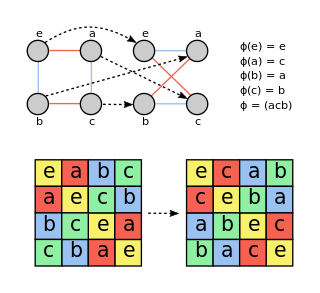| | |
| Developer(s) | |
|---|---|
| Initial release | 1988 |
| Stable release | 4.12.2 [1] / 18 December 2022; 15 March 2024 |
| Repository | |
| Written in | C |
| Operating system | Cross-platform |
| Type | Computer algebra system |
| License | GNU General Public License |
| Website | www |
GAP (Groups, Algorithms and Programming) is an open source computer algebra system for computational discrete algebra with particular emphasis on computational group theory.



